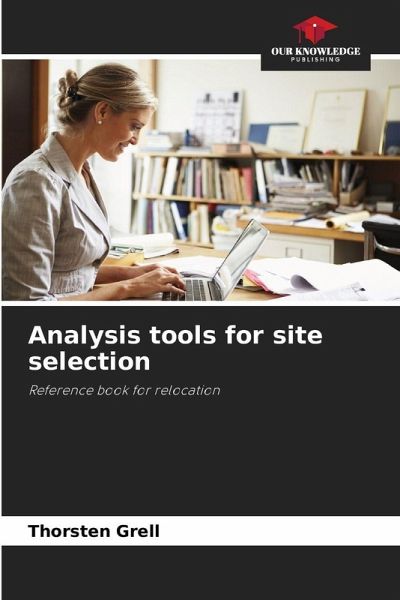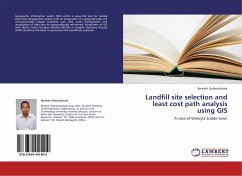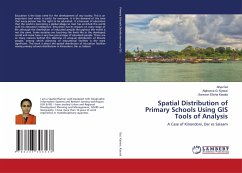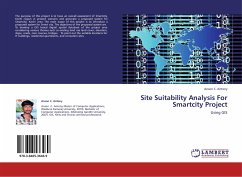
Analysis tools for site selection
Reference book for relocation
Versandkostenfrei!
Versandfertig in 6-10 Tagen
24,99 €
inkl. MwSt.

PAYBACK Punkte
12 °P sammeln!
Since 2009 - and thus since the outbreak of the financial crisis - key interest rates have been permanently lowered/kept low by international central banks. This provides governments and banks with cheap liquidity and encourages consumers and companies to invest (more). Persistently low interest rates and stricter regulatory requirements are jeopardising the business model of retail-oriented banks (such as savings banks and cooperative banks). However, this business model is based on savings banks and cooperative banks being dependent on local customers and therefore requiring a dense branch n...
Since 2009 - and thus since the outbreak of the financial crisis - key interest rates have been permanently lowered/kept low by international central banks. This provides governments and banks with cheap liquidity and encourages consumers and companies to invest (more). Persistently low interest rates and stricter regulatory requirements are jeopardising the business model of retail-oriented banks (such as savings banks and cooperative banks). However, this business model is based on savings banks and cooperative banks being dependent on local customers and therefore requiring a dense branch network. The latter is very cost-intensive, given the low interest margins mentioned above. Retail banks are therefore increasingly focusing on location changes. Many of these banks have therefore begun to review their branches, realign them in terms of business strategy and adapt them to future conditions (i.e. lower revenues) through mergers. Against this backdrop, choosing the right location and subsequently evaluating location decisions are becoming increasingly important for retail banks.












